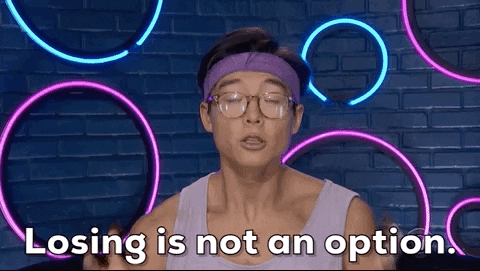The first time I played dice, I won $200. Being confident in my beginner’s luck and hot hands, I opted for another game and promptly lost $50. Not a big deal, right? It was only a quarter of my newfound wealth—but the pain of that loss overshadowed the pleasure having an extra $150 in my pocket brought me (and I sulked in a corner for the rest of the BBQ.)
That’s because I’m loss averse.
Loss aversion is a cognitive bias that makes people feel the effects of losing more substantially than winning because “losses loom bigger than gains.”
-
Humans are hard-wired for loss aversion—your brain tells you that not losing $50 is better than finding $50.
- When applied to the stock market, loss aversion can drive an investor to hold a losing stock for a long time, hoping it will bounce back and neutralize their loss, but they will cash out well-performing stocks too soon.
- Loss aversion puts emotional decision-making front and centre rather than rational and analytical thinking, which is more strategic and valuable for keeping your portfolio in the green.
Some other examples of loss aversion:
-
Gambling: People can lose exponentially more money at the roulette table trying to make up an initial loss.
-
Free trials: Once you get accustomed to some service like ad-free Spotify, you’ll keep paying for it simply because it’s hard to let the stuff you already have go.
- The housing market: Homeowners consider their house an investment and expect to sell it for more than they paid, even if the market value is lower, which can keep the house on the market longer.
The key to getting over loss aversion as an investor is to understand that some losses are inevitable, and sometimes you’re better off accepting that and salvaging what you can rather than hanging on until the bitter end.
